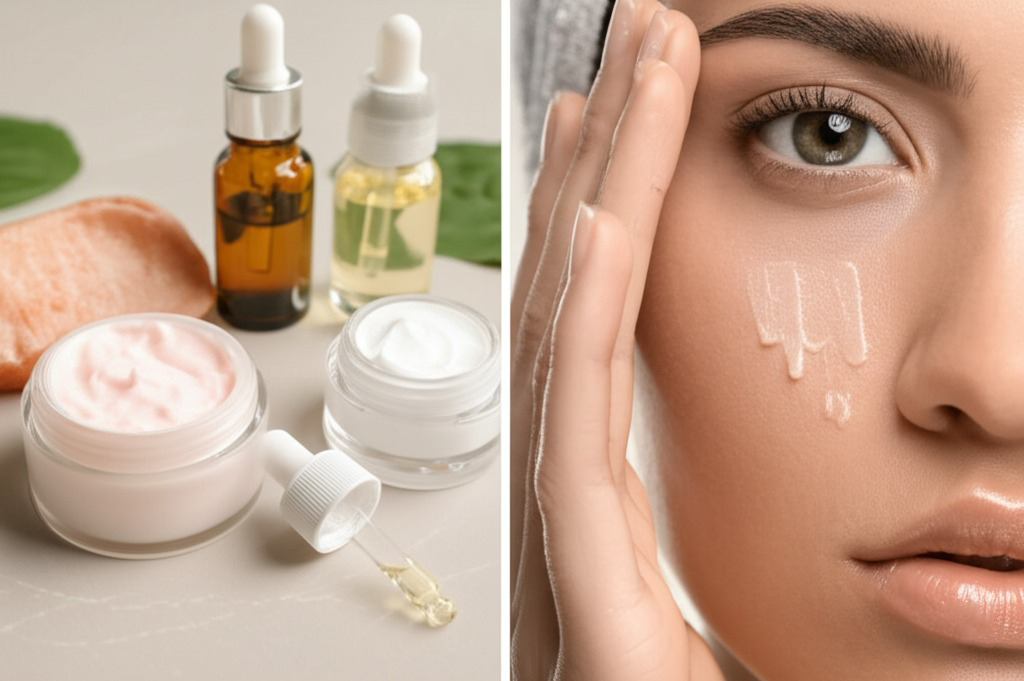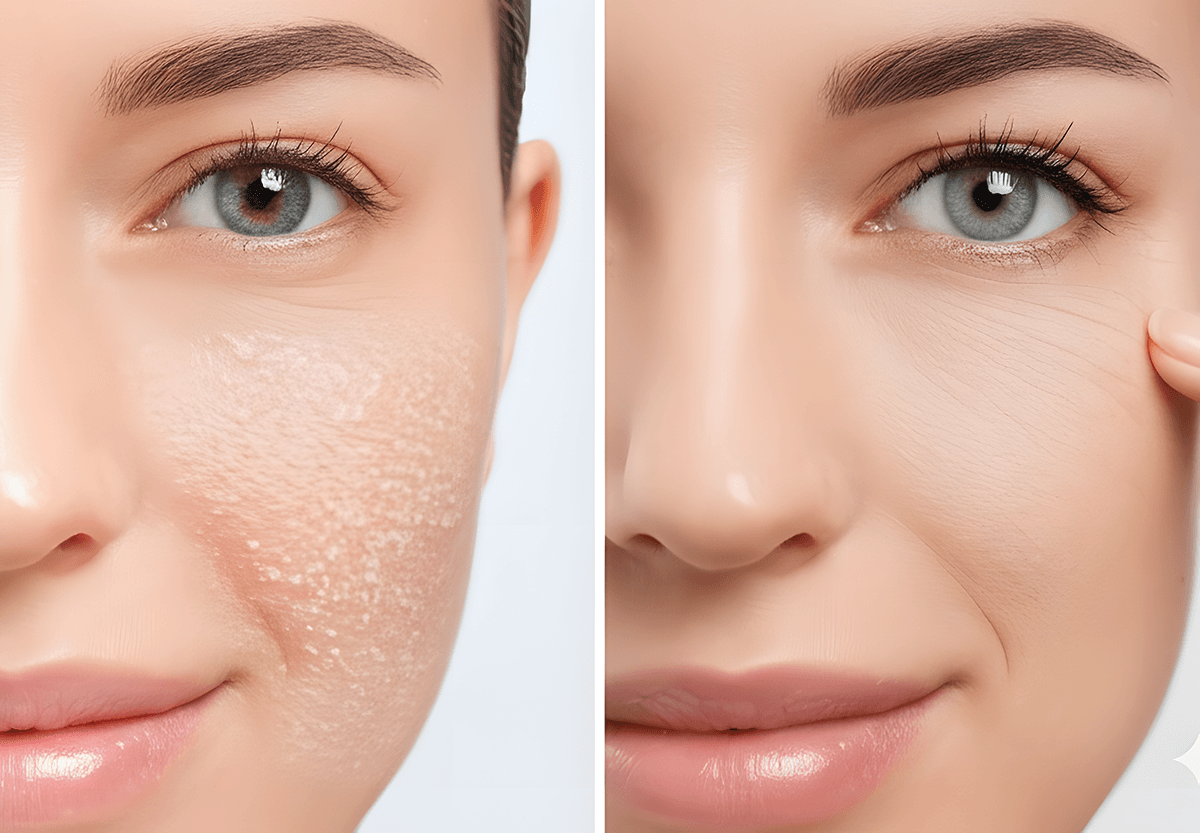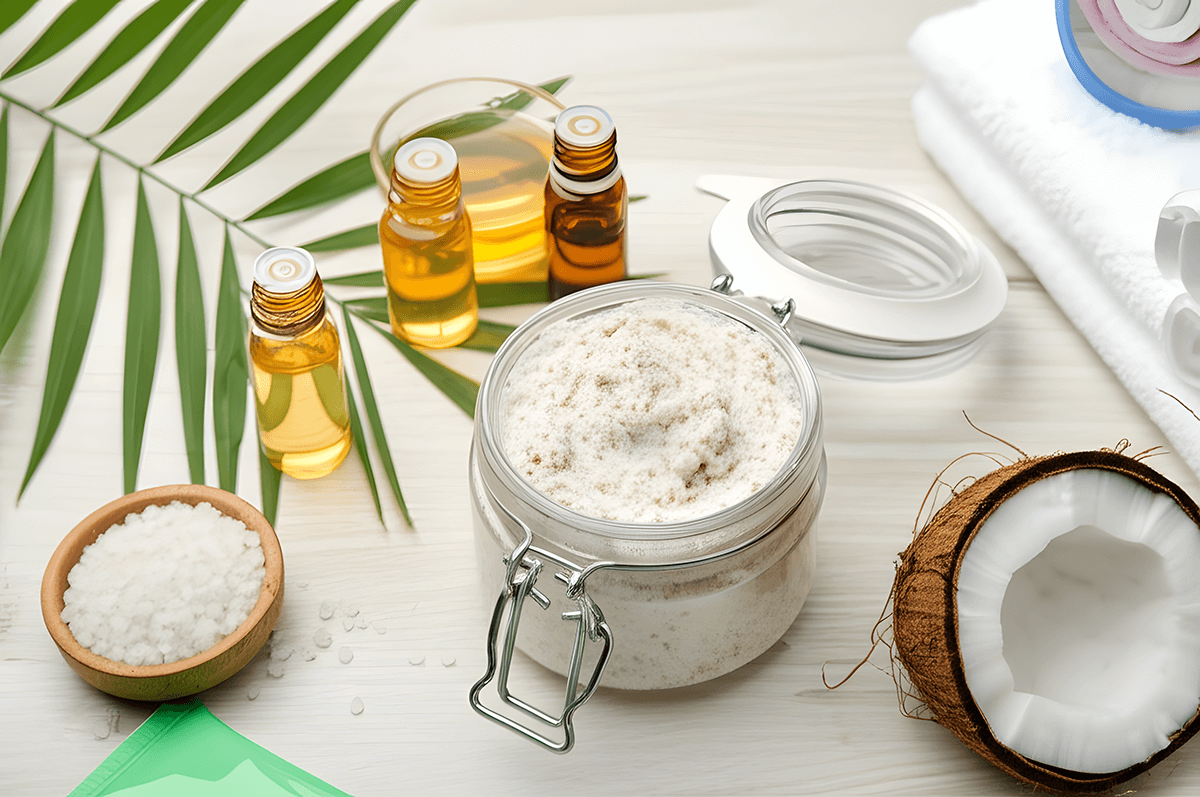When it comes to skincare, there are many terms that often get used interchangeably, and one of the most common areas of confusion is understanding the difference between dry skin and dehydrated skin. Although both conditions can leave your skin feeling uncomfortable, flaky, and dull, they stem from distinct causes and require different types of treatment. It’s important to identify the difference, as using the wrong products or skincare routine could aggravate the issue and leave your skin in worse condition.
This guide will explore the key differences between dry and dehydrated skin, how to properly diagnose which one you’re dealing with, and the best ways to treat each. We’ll discuss the role of lipids and hydration in skincare, provide a simple home test to determine whether your skin is dry or dehydrated, and share expert advice on how to care for each skin condition effectively.
Dry Skin vs. Dehydrated Skin: What’s the Difference?
The first step to understanding how to properly care for your skin is knowing the difference between dry skin and dehydrated skin. While they may feel similar, the causes behind each condition are distinct.
Dry Skin: A Lack of Lipids
Dry skin, also known as xerosis, is a skin type characterized by a lack of natural oils (lipids) in the skin’s outermost layer. These oils play an important role in creating a barrier that prevents moisture loss, so when there are insufficient lipids, your skin struggles to retain water. As a result, dry skin appears rough, flaky, and often feels tight. This condition is typically genetic or environmentally triggered and can occur regardless of how much water your skin is getting.
Key characteristics of dry skin:
- Tight, rough texture: Skin may feel tight, particularly after cleansing.
- Flakiness: Dry patches or peeling skin may be visible, especially in areas like the cheeks, forehead, and around the eyes.
- Dull complexion: Lack of moisture and oil can leave skin looking lackluster and unhealthy.
- Sensitivity: Dry skin can sometimes be more sensitive to external irritants and environmental factors.
- No visible pores: Dry skin often appears poreless, as the lack of oil can make pores less noticeable.
Dry skin is a skin type, meaning that it is generally a long-term condition that requires consistent attention and care.
Dehydrated Skin: A Lack of Water
On the other hand, dehydrated skin is a skin condition that results from a lack of water content in the skin. Unlike dry skin, dehydrated skin is temporary and often occurs as a result of factors like weather changes, diet, stress, or environmental exposure. Dehydration can occur in any skin type—whether oily, combination, or dry—and is caused by a loss of moisture. When your skin lacks water, it can feel tight, dull, and may even develop fine lines or wrinkles due to the lack of hydration.
Key characteristics of dehydrated skin:
- Dullness: Skin may look tired and lack the natural glow it typically has.
- Fine lines: You may notice fine lines appearing more pronounced, especially around the eyes or mouth.
- Tightness: Dehydrated skin feels tight and uncomfortable, especially after cleansing.
- Increased oil production: Your skin may produce more oil to compensate for the lack of moisture, leading to a shiny or greasy appearance, particularly in the T-zone.
- Rough patches: While dehydration often leads to a lack of smoothness, the skin may still feel rough, even though there are no dry flakes.
Dehydrated skin is a condition that can be temporary and can affect anyone, even those with oily skin. It is often the result of external factors such as weather, diet, or product use that disrupt the skin’s natural moisture balance.
How to Tell the Difference Between Dry and Dehydrated Skin: A Simple Home Test
Sometimes it’s difficult to know whether you’re dealing with dry skin or dehydrated skin. Fortunately, there’s a simple home test you can perform to determine what your skin needs. Here’s how you can do it:
The Pinch Test:
- Cleanse your skin with a gentle, hydrating cleanser.
- Pat your face dry with a soft towel and leave it to rest for about 10 minutes.
- After waiting, pinch a small area of your skin (such as your cheek) gently between your thumb and forefinger.
- Observe how your skin responds:
- If the skin bounces back quickly and doesn’t stay pinched, your skin is hydrated, and it’s likely dehydrated, rather than dry.
- If the skin takes a bit longer to bounce back, or stays pinched, you may have dry skin.
This test helps determine the elasticity of your skin, which is an indicator of hydration levels. Dehydrated skin may lack elasticity, showing visible signs of creases, while dry skin often feels tight and rough due to a lack of lipids.
How to Treat Dry Skin

Dry skin requires products and habits that help replenish the lipid barrier and lock in moisture. The goal is to restore the skin’s natural oils and create a healthy barrier that keeps moisture in.
1. Choose the Right Cleanser
A gentle, hydrating cleanser is key for dry skin. Avoid cleansers with harsh detergents or sulfates, as these can strip the skin of natural oils. Instead, look for creamy, non-foaming cleansers or those with hydrating ingredients like glycerin, hyaluronic acid, or ceramides.
2. Moisturize Religiously
For dry skin, moisturizers are essential to replenish lost lipids and create a barrier that prevents moisture loss. Look for creams or balms that are rich in occlusive ingredients, such as:
- Shea butter
- Petrolatum
- Coconut oil
- Squalane
These ingredients help seal in moisture and protect the skin from environmental stressors. Aim to use a moisturizer immediately after cleansing while your skin is still slightly damp to lock in as much moisture as possible.
3. Use Facial Oils
Facial oils can help restore lost lipids to dry skin. Opt for nourishing oils like argan oil, jojoba oil, or rosehip oil. These oils are rich in fatty acids and antioxidants that can support the skin’s lipid barrier and improve its texture and elasticity.
4. Avoid Harsh Exfoliants
Exfoliating can sometimes be necessary for dry skin, but you should avoid abrasive scrubs that can further damage the skin barrier. Opt for chemical exfoliants like lactic acid or AHAs, which are gentler and provide additional moisture to the skin.
How to Treat Dehydrated Skin
Dehydrated skin requires hydration—products that replenish water content in the skin. The goal is to reintroduce moisture and maintain the skin’s water balance.
1. Hydrating Cleansers and Toners
Opt for hydrating, sulfate-free cleansers that won’t strip away moisture. After cleansing, use a hydrating toner that helps replenish the skin’s moisture levels. Look for toners with glycerin, hyaluronic acid, or aloe vera—ingredients known to attract water into the skin.
2. Hydrating Serums
Hydrating serums are a great way to provide a boost of moisture to dehydrated skin. Look for serums with hyaluronic acid, which can hold up to 1000 times its weight in water, and help draw moisture into the skin. Apply a hydrating serum immediately after cleansing to give your skin a moisture boost.
3. Drink Plenty of Water
Hydration starts from the inside out. Drinking plenty of water throughout the day is essential for maintaining optimal skin hydration levels. In addition to water, consider incorporating herbal teas or foods rich in water content (like cucumbers, watermelon, and oranges) to keep your skin hydrated.
4. Avoid Long, Hot Showers
Hot showers can strip the skin of moisture, exacerbating dehydration. Instead, take lukewarm showers and limit their length to 5-10 minutes. After showering, immediately apply a moisturizer to lock in hydration.
5. Use a Humidifier
Dry air, especially during the winter months, can sap moisture from the skin. Using a humidifier in your bedroom or living room can help maintain optimal humidity levels, which helps prevent your skin from becoming dehydrated.
Conclusion
While dry skin and dehydrated skin may feel similar, they are caused by different factors and require distinct treatment approaches. Dry skin lacks lipids, which are essential for retaining moisture, and needs products that restore these oils. Dehydrated skin, on the other hand, lacks water, and can occur in any skin type. Dehydrated skin needs products that hydrate and attract moisture into the skin.
By understanding the key differences and learning how to treat each condition with the appropriate skincare routine, you can ensure that your skin remains healthy, glowing, and balanced. Remember, consistent hydration is essential for maintaining smooth, supple skin, while replenishing lipids is crucial for those with dry skin.
Identifying whether your skin is dry or dehydrated and tailoring your skincare routine accordingly will lead to better skin health, fewer discomforts, and a noticeable improvement in your skin’s appearance.



